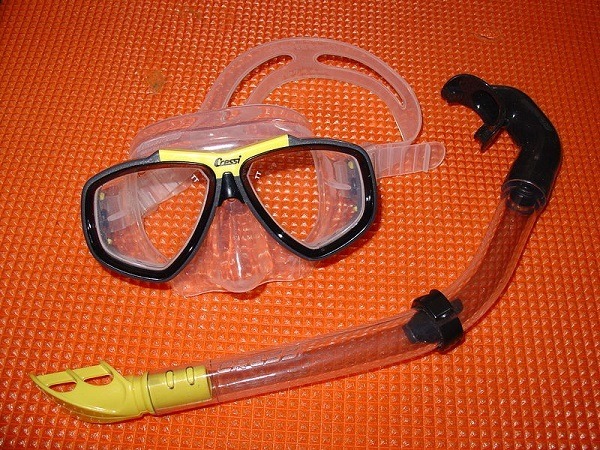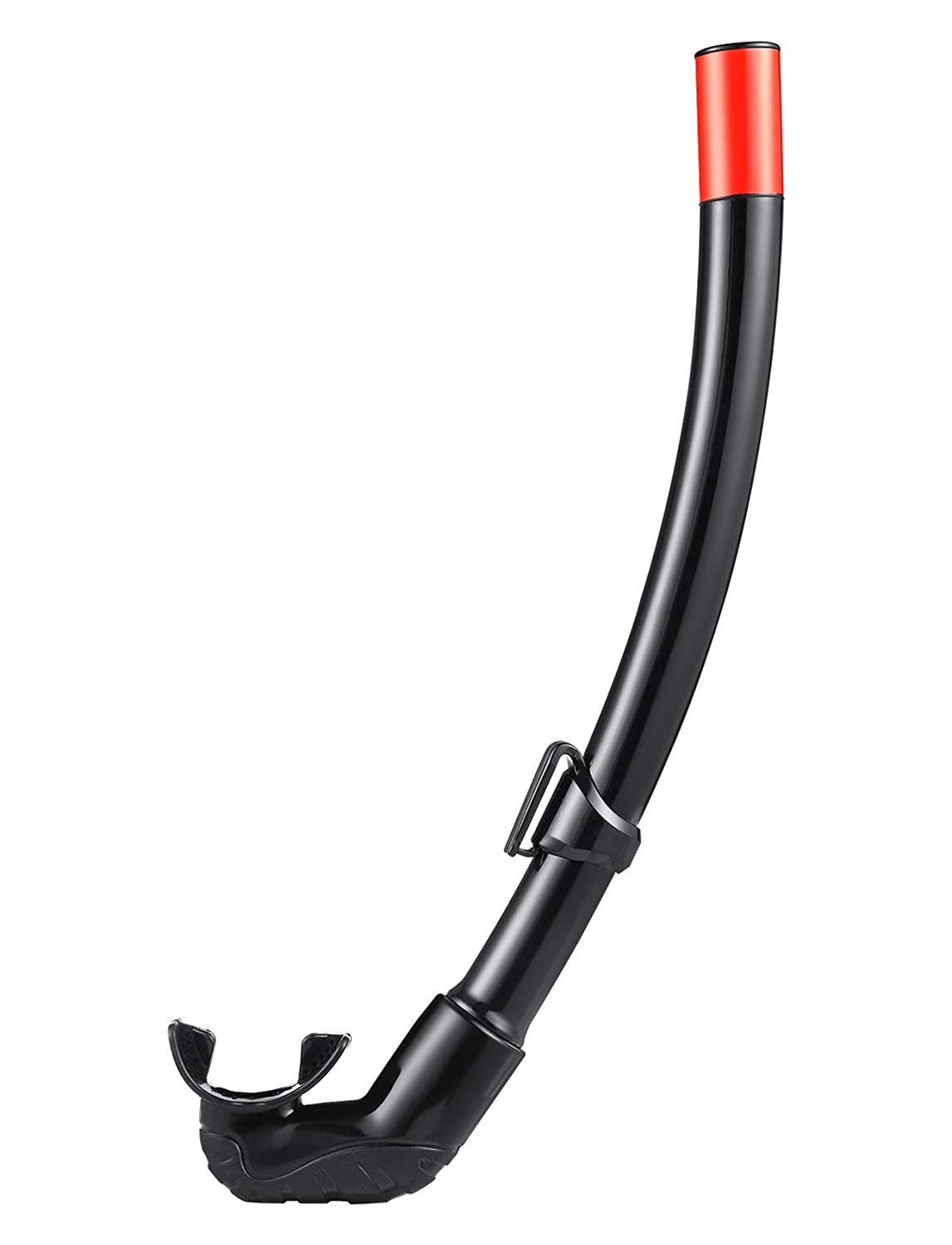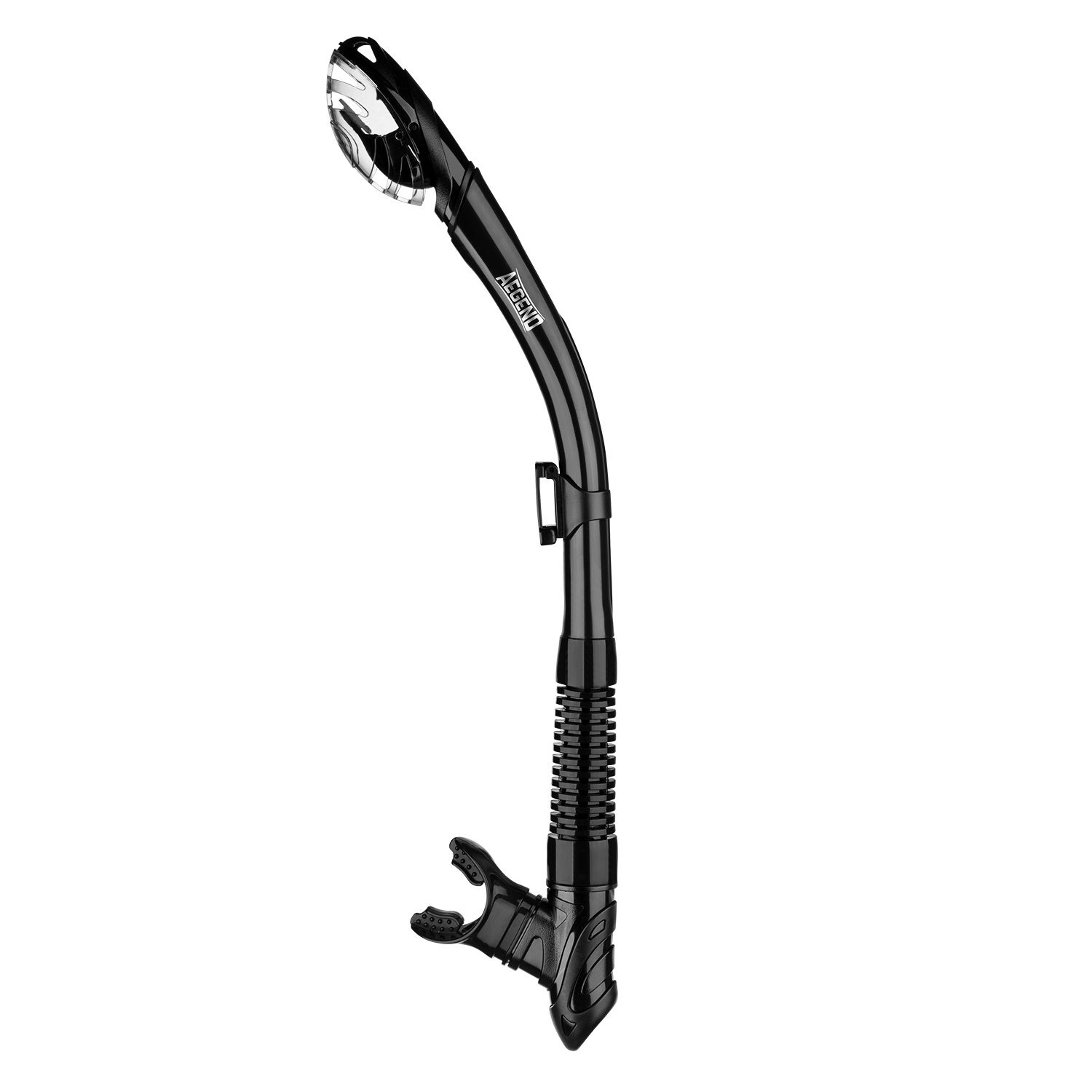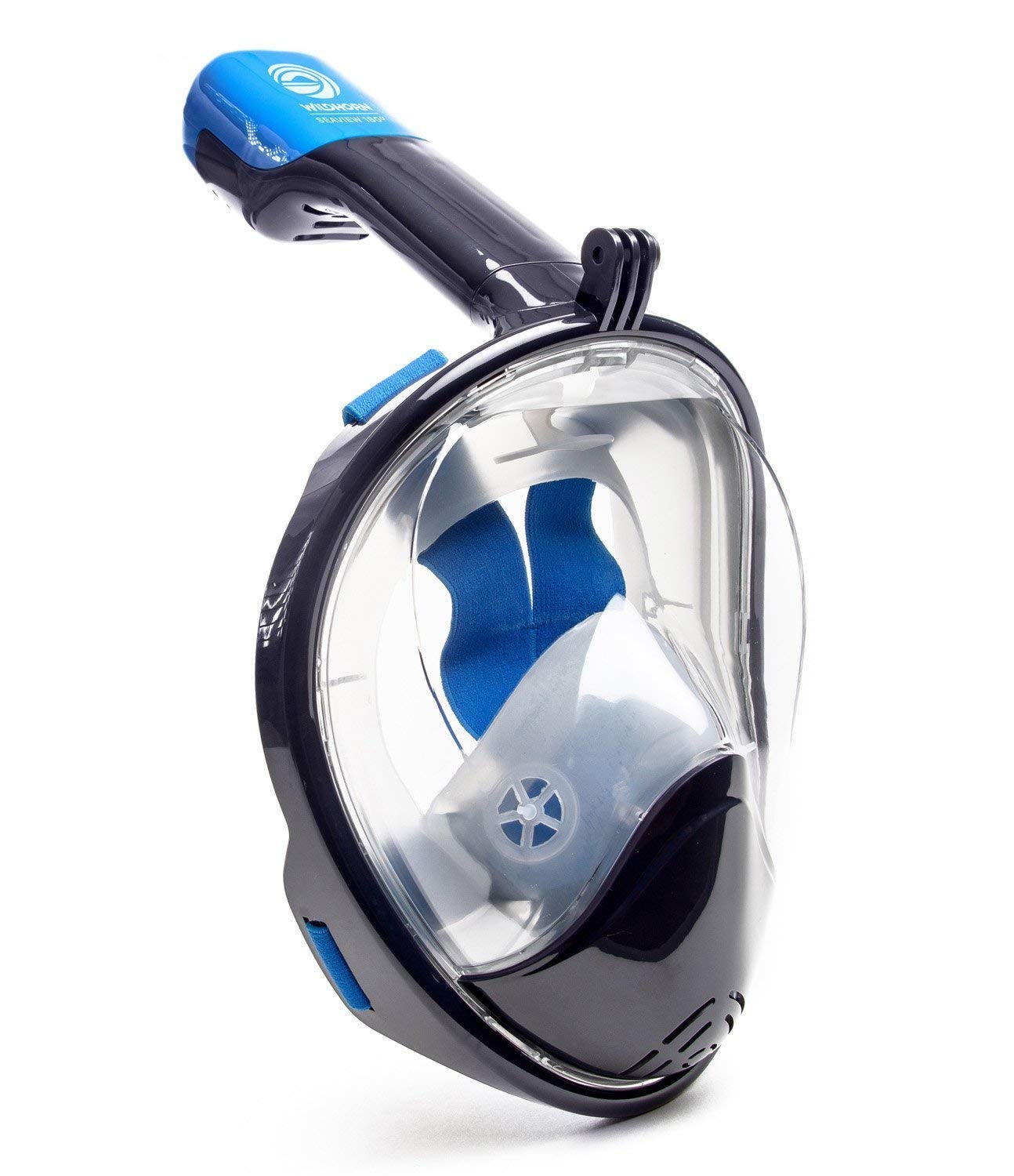Snorkels have been used for many years, and they have come a long way since the primitive days. Nonetheless, their purpose remains the same, which is, to allow people to enjoy the underwater while being able to breathe normally. But not all snorkels are created equal, and since they’ve been around for many years, they have also evolved and have been improved.
When you visit shops or even browse online for snorkels, you will see that there are many different kinds to choose from. There are varieties of snorkels you can buy for various activities as well, such as snorkeling, diving, or freediving. There are also different types of snorkels for different needs, and selecting the best one is crucial to ensure that you’ll have the most enjoyable underwater experience.
If you will be shopping for snorkels soon for your next underwater adventure, but you still don’t know what type to buy, we can help you with that. Today, we are giving you the different types of snorkels for you to better understand when to use them, and to know which will work best for you. We also highly recommend you to try to play the Deep Sea Slot.
Different Types of Snorkels
Here are the different types of snorkels that you can find in the market:
Classic Snorkel
This type of snorkel is sometimes called the J-style snorkel. It is a simple plastic tube that has a mouthpiece attached. It is the most affordable type of snorkel you can find, and it can be used for both snorkeling and scuba diving.
The downside of this type is the rigidity of the tubing, which can be uncomfortable to use. Aside from that, if it’s submerged in the water completely, you might need to exhale forcefully to clear the water from its top. But the uncomplicated construction of the classic snorkel makes it ideal for beginners. Most classic snorkels also have bright colors so they can be spotted from boats.
Flexible Snorkel with Purge Valve
This type of snorkel features a flexible portion and a rigid portion. It also has a one-way valve located at the bottom, making it easier to expel water that may get into the snorkel. This type of snorkel can also be used for both snorkeling and scuba diving. It can fit better around the masks and faces since it is more flexible.
When not in use, flexible snorkels usually drop away from the face to give you unimpeded views. And since it has a purge valve at the bottom of the mouthpiece, it helps ensure uninterrupted breathing as it flushes excess water every time you exhale. But keep in mind that its mechanism may fail if dirt or sand gets inside and blocks the airway.
Semi-Dry Snorkel
This type of snorkel is a mix of a classic and dry snorkel. Its top has a splash guard, and sometimes a purge valve and a flexible tube as well. The splash guard prevents splashes or sprays of water from quickly entering the tube. But it does not totally prevent water from entering. It means that water may still enter the tube when you fully submerge yourself underwater, or if you get caught in a high wave that covers the top of the snorkel.
Some semi-dry snorkels have splash guards which utilize a moving mechanical device. However, these types are not always ideal because their parts can get jammed when sand gets inside.
Dry Snorkel
This type has a valve at the top, which blocks water and air even when it is submerged. Its bottom part also has a purge valve. A dry snorkel is used for conventional snorkeling. It will allow you to swim on the surface and dive a bit deeper from time to time without having to worry about clearing water out of the tube constantly.
A dry snorkel can also be used for scuba diving. It is advantageous because divers don’t need to clear them of water when they reach the surface. This helps them save energy and swim in the water comfortably. The one-way purge valve at the bottom, as with semi-dry snorkels, will help you flush water out easily with only a few quick exhalations should it get into the tube.
A dry snorkel is convenient and efficient to use, however, the valve on its top can sometimes become blocked as well, making it difficult to breathe. It may also be more buoyant and can increase drag underwater.
Full-Face Snorkel Mask
This type of snorkel is the easiest to use, and it is very ideal for beginners because it has no learning curve. It is a combination of a full-face mask and a dry snorkel. It features a tube extending upwards from the top of the mask. Instead of breathing through a mouthpiece like the other types of snorkels, in a full-face snorkel mask, you can let your jaw relax, and you can breathe normally.
A full-face snorkel mask can only be used for snorkeling. It is not made for diving because the large volume of air trapped inside the mask can create strong pressure on your face, and there’s nothing you can do to relieve it underwater. Also, you do not have access to your nose for equalization with this type of snorkel.
Some people find it uncomfortable to use a full-face snorkel mask because their warm breath circulates around the face. It is even more uncomfortable to use when snorkeling in warm waters. But if you’re a beginner, or you’re looking for a way to breathe normally underwater, then this is the perfect snorkel for you.
These are the different types of snorkels you can find in the market. Each of them has different uses, as well as advantages and disadvantages. Now that you know their differences and when to use them, we hope that you’ll be able to find the best one that will cater to your needs on your next underwater adventure.






